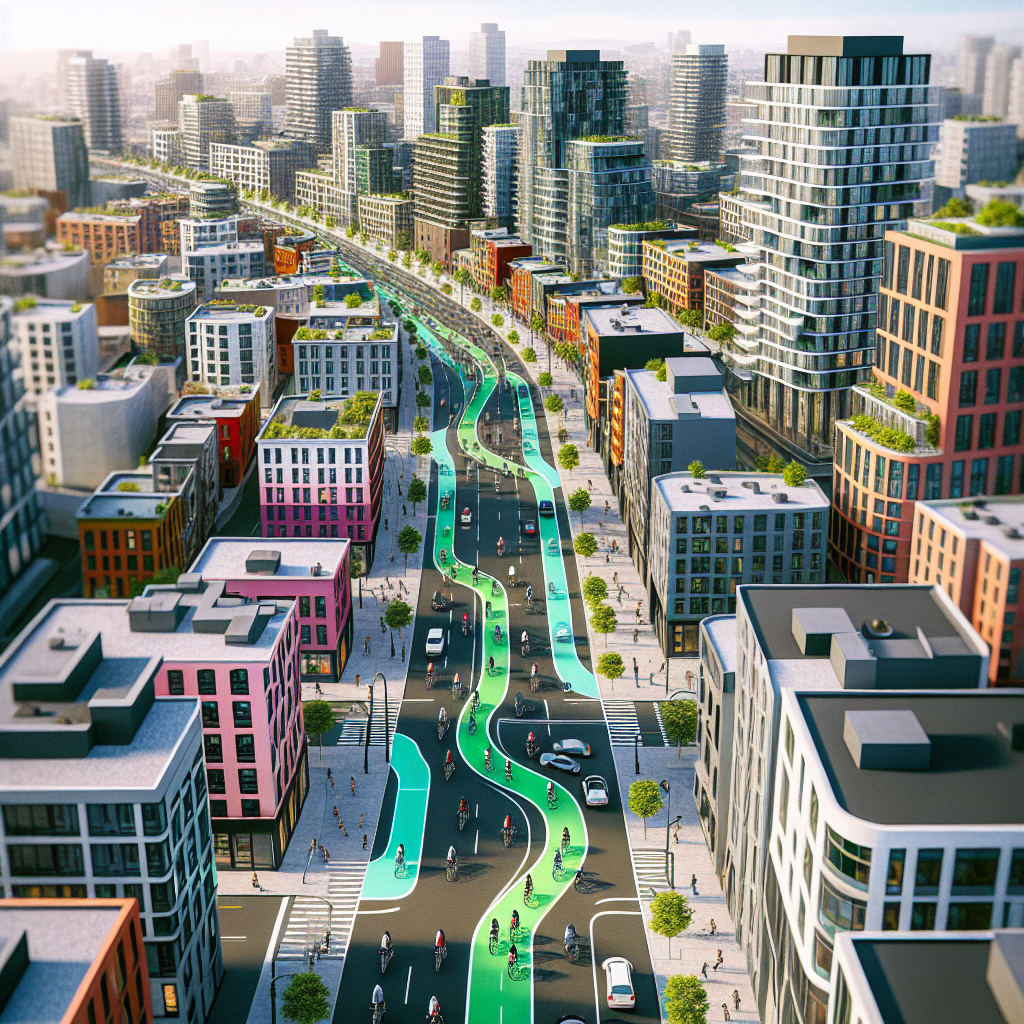In an era marked by urban revitalization and environmental consciousness, we stand at a fork in the road. On one hand, efficiency dictates cars with their speed and cargo-carrying capacity; on the other, sustainability is pedaling up a storm. Enter bicycles and their ever-growing network of lanes – tiny spokes in the grand wheel of progress.
The Market Overview
There’s a definite shift towards greener modes of transport. With unprecedented growth rates over past decades, bike-friendly cities are redefining urban landscapes while enhancing public health and community resilience. The bicycle infrastructure market has surged from its niche corner into mainstream conversation.
Current Trends
Bike lane expansion shows no sign of stopping as more cities adopt cycling culture buoyed by public enthusiasm for low-cost and eco-friendly commuting options. There is also an affinity towards active transportation which underscores the need for safe biking routes that decompress urban congestion.
Economic Factors
While initial set-up costs might pose challenges without substantial city funding or grants available these investments often pay great dividends over time through reduced traffic congestion health benefits improved air quality among others.
Demographic Changes
The modern cyclist isn’t just fitness enthusiast – millennials boomers alike enjoy cycling whether out necessity or joy ride much it riding wave demographic shifts underpinning widespread acceptability bikes urban commute solutions.
Cities around world recognizing role can play creating healthier safer environments implementing policies prioritize improve existing lanes widening streets.
Real estate developers already notice inclusion amenities such as bike racks repair stations new builds. Moreover access robust networks increase property values enticing investors stake claim burgeoning market.
Affordability Issues
Mainstreaming bicycle use also raises affordability concerns for low-income households who can’t afford high-end bikes or reside in areas where biking infrastructure is scanty. Public-private partnerships might hold the key to offsetting these costs via programs offering subsidized bicycles and maintenance services.
Future Projections
The rise e-bikes integrated mobility solutions like bike-share programs hint at electrifying future which potentially reshapes urban transportation as we know it.
Market Opportunities
Cycling industry stands gain tremendously from this expansion not just sale of cycles but also associated paraphernalia like helmets locks lights etc.
For interested investors keeping an eye on innovative start-ups that focus providing solutions for cycling community could yield fruitful returns long-term given tilt towards earth-friendly lifestyle choices.
Indeed, beneath headline shifts are series hidden factors ranging government policies changing social norms shaping growth sustainable transport systems including evolving landscape our cities better facilitate bicycle usage contrast silhouette smog-choked highways congested city streets emerging picture pedal-powered progress paints hopeful image for sustainable future.

